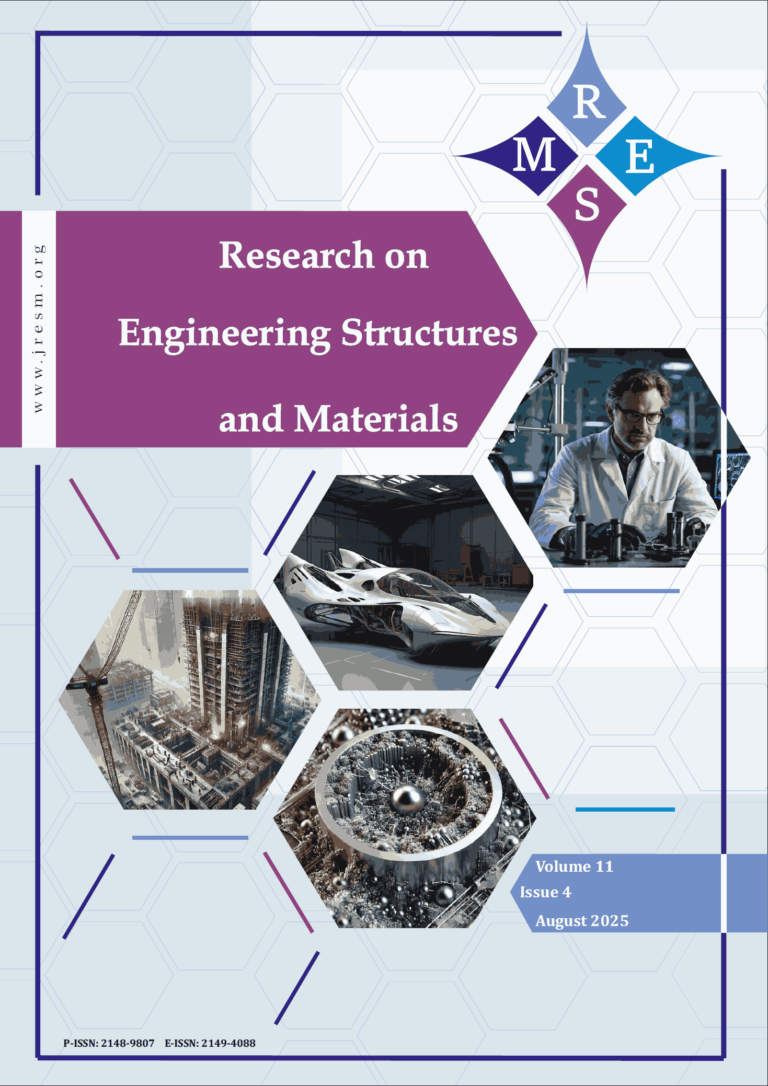This paper presents damage evaluation of concrete under external sulfate attack using linear and nonlinear ultrasonic techniques. Concrete specimens with two distinct water-to-cement (W/C) ratios of 0.53 and 0.64 were immersed in a 5% ammonium sulfate solution for 60-240 days before being subjected to a static compression test. The linear (ultrasonic pulse velocity (UPV), wave amplitude, and fundamental frequency amplitude) and nonlinear (characteristic voltage energy (CVE) and sideband-peak-count index) ultrasonic parameters were evaluated for the specimens before and after exposure using narrowband transducers commonly employed for in situ concrete monitoring. The experimental results indicated two distinct phases in the degradation of concrete under sulfate exposure. During the initial phase (0−120 days), the mechanical properties exhibited minimal variation. However, from 120−240 days, a more significant decrease in the elastic modulus and compressive strength was observed in the concrete with a higher W/C ratio. Further, the UPV could not detect changes in mechanical properties without a significant decrease in the elastic modulus. In contrast, other parameters were sensitive to microcrack development during the initial phase. During the rapid deterioration phase, the CVE was the most effective damage indicator for detecting degradation in the mechanical properties of concrete with both W/C ratios.
